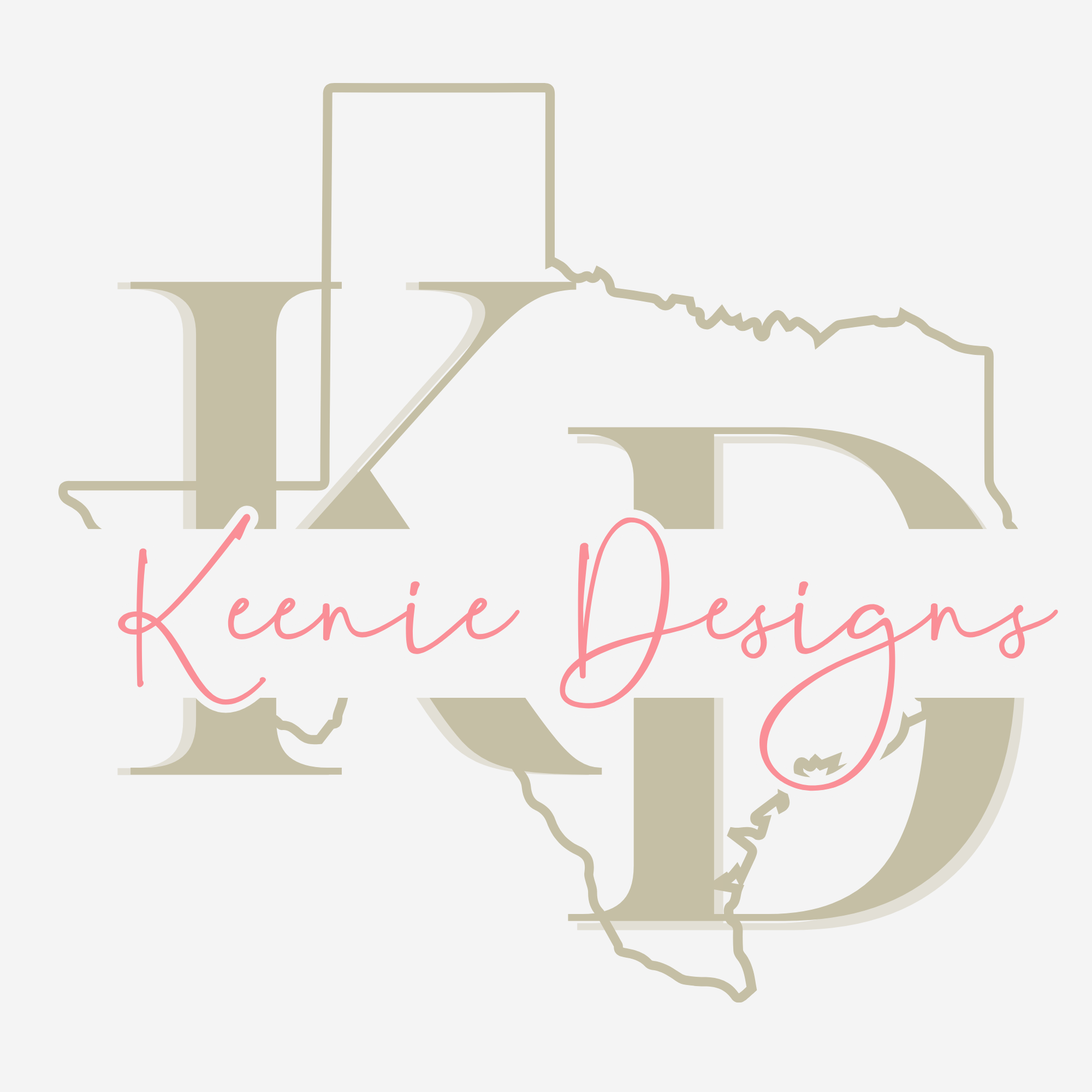Keenie Designs
ASL Based Communication Placemat; featuring real pictures - DIGITAL DOWNLOAD PDF
ASL Based Communication Placemat; featuring real pictures - DIGITAL DOWNLOAD PDF
Couldn't load pickup availability
This Placemat is created from our Communication Board based on American Sign Language featuring real photographs of each sign. This is a simple board developed for Early Childhood Learners, can be used during meal time focusing on Key Words to assist with the development of communication skills through the use of real pictures. This is for a digital download (PDF) only.
There are ten included pages (8.5 x 14), each featuring a place for dishes AND blank:
- Pictures with no text labels
- Text labels in black and white
- High Contrast with with black (for very beginning development)
- High Contrast (red and yellow) for Visually Impaired learners
- Low stimulation Green w/Brown, for ASD learners **
In nine years of working in Special Education I have experienced, specifically with Early Childhood students, the importance of having a variety of tools to encourage communication. Many early childhood students have developmental delays and some students may be more on the level of 12-18 months. There is not a vast amount of materials designed with regard to encouraging communication when line drawings are too advanced developmentally.
I created this communication tool using actual photographs of the signs we begin using from day one in the classroom setting. These can function in combination with other communication tools, but I have found that children are more interested in engaging with real photographs over line drawings. This tool is limited to the most basic key words we frequently use in the classroom setting.
**There have been studies which indicate certain colors may be more suitable and preferred by those on the Autism Spectrum. You can read more HERE.
Pictures are referential in that they can represent objects. This board aims to assist early learners with abstract and non concrete words which are key to communicating wants and needs.
Much has been researched in more recent times on the use of real photographs as opposed to line drawings to assist with early childhood learners:
Perner, J. Understanding the Representational mind. Cambridge, MA: The MIT Press; 1991.
Presissler MA, Carey S. Do both pictures and words function as symbols for 18-24 month old children? Journal of Cognition and Development 2004;5: 185-212.
Preissler MA. Associative learning of pictures and words by low-functioning children with autism. Autism 2008; 12:229-246.
DeLoache JS, Burns NM. Early understanding of the representational function of pictures. Cognition 1994; 52:83-110. [PubMed: 7924202].
Barrera ME, Maurer D. Recognition of the mother’s photographed face by the 3 month old infant. Child Development 1981; 52: 716-716.
deSchonen S, Mathviet E. Hemispheric asymmetry in a face discrimination task in infants. Child Development 1990; 61: 1192-1205 [PubMed: 2209189].
Werner, H.; Kaplan, B. Symbol Fountain. An organismic developmental approach to language and expression of thought. New York: John Wiley & Sons, Inc. 1964.










